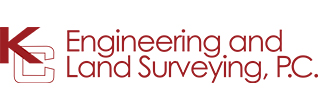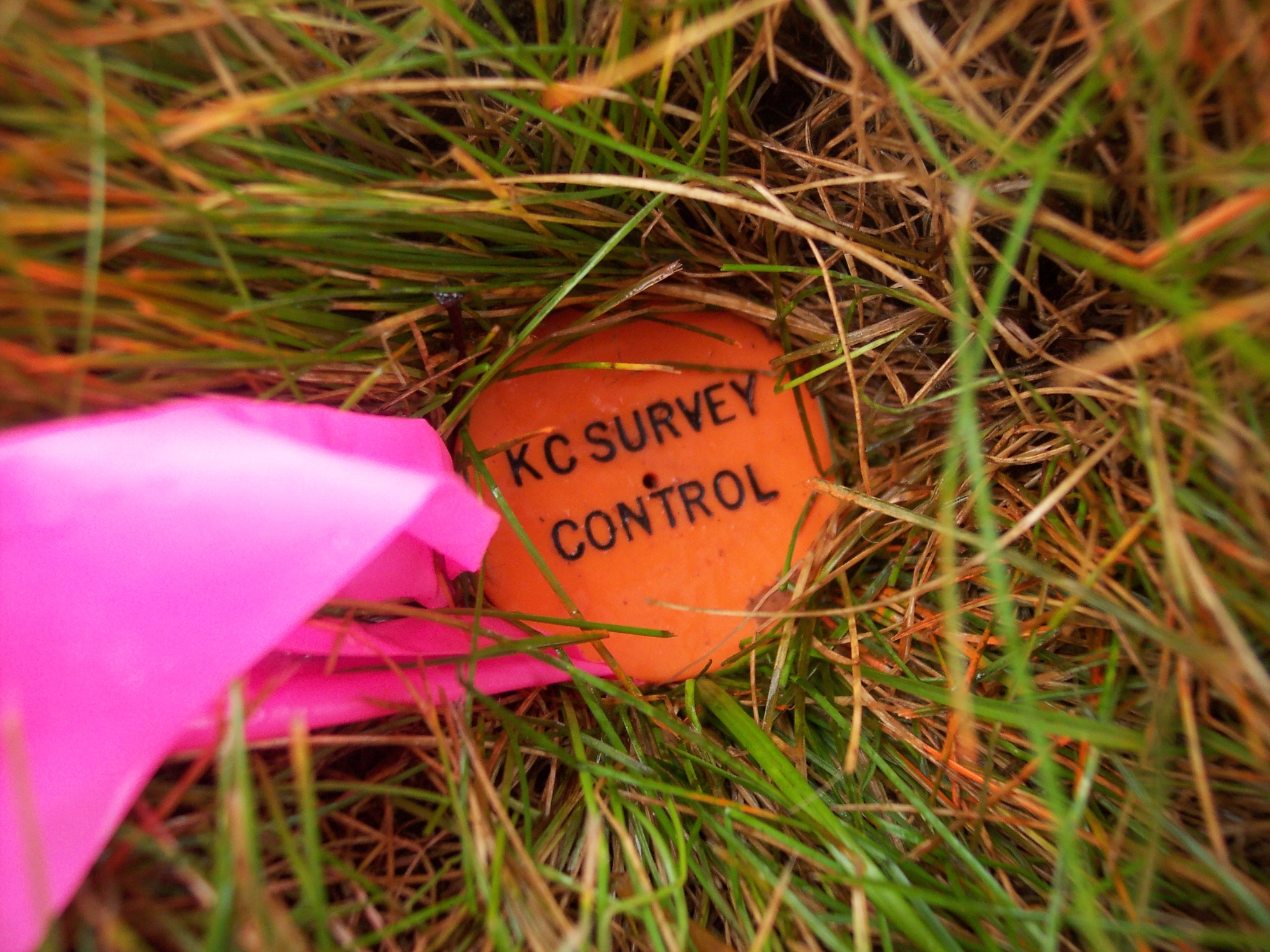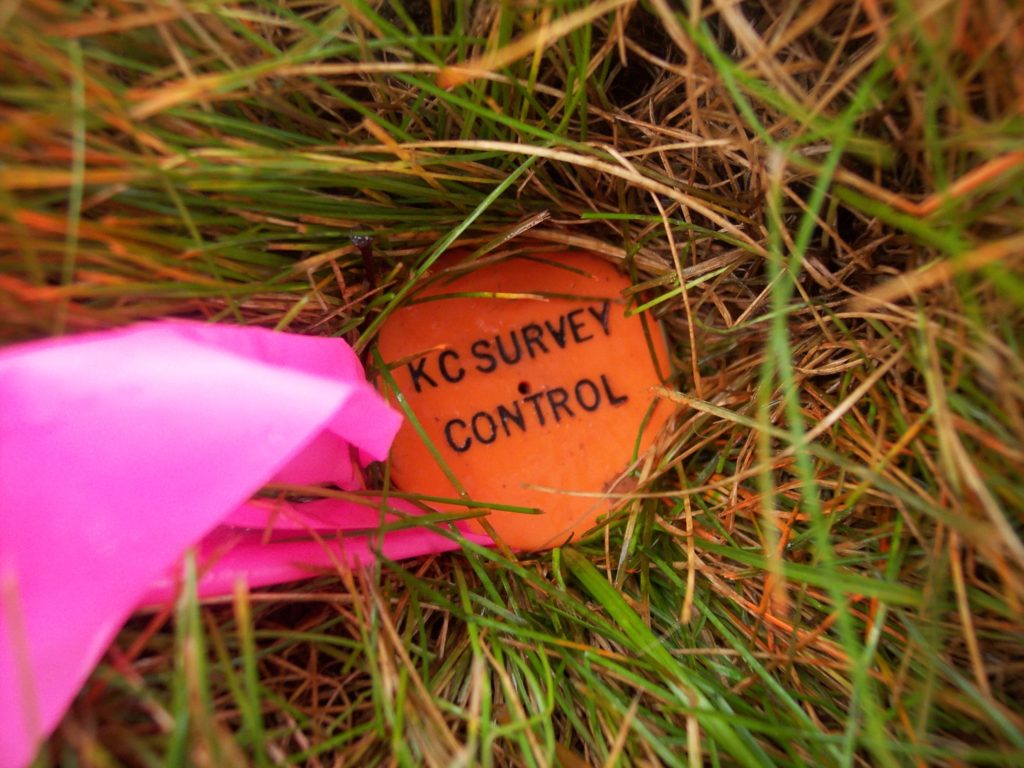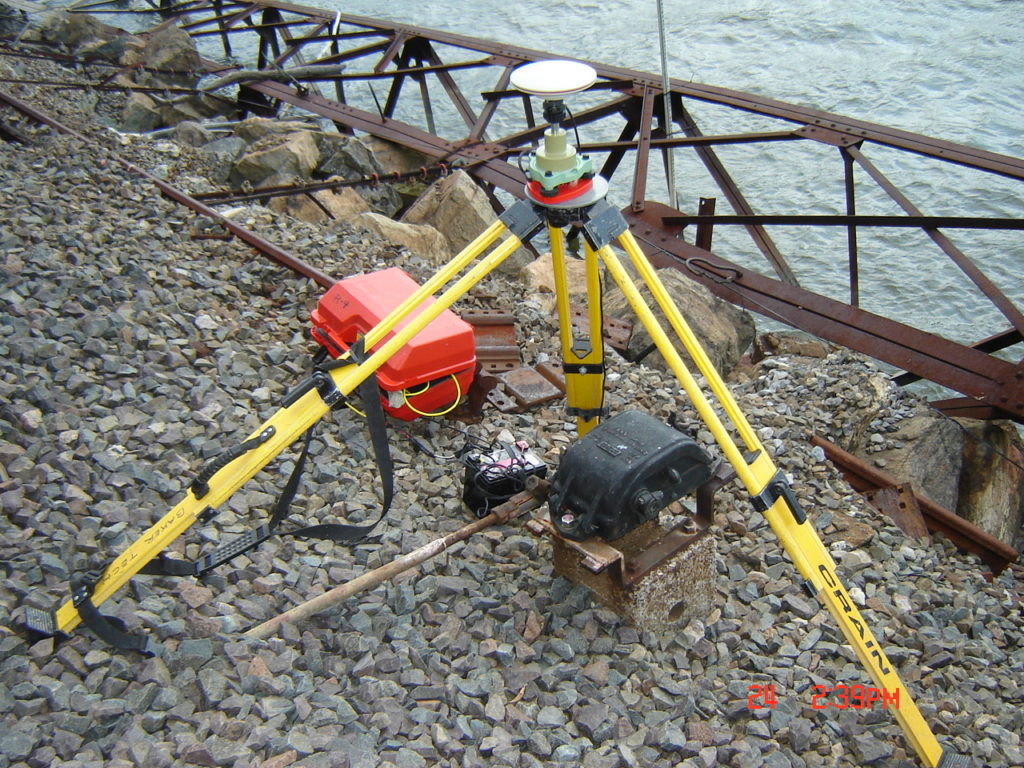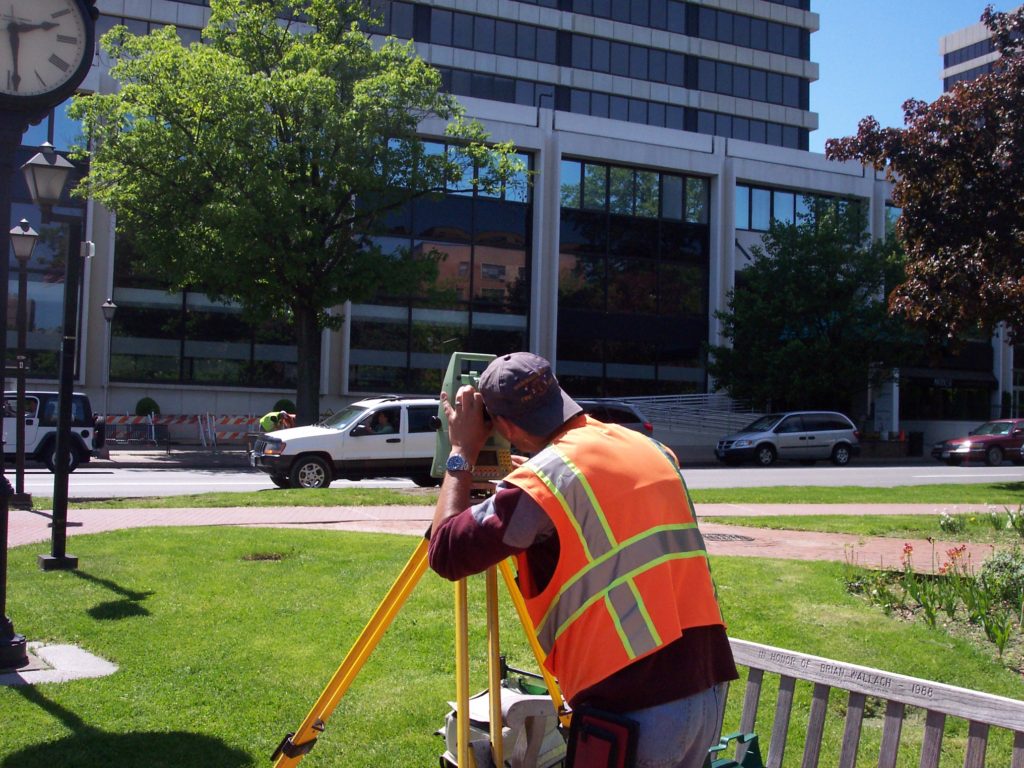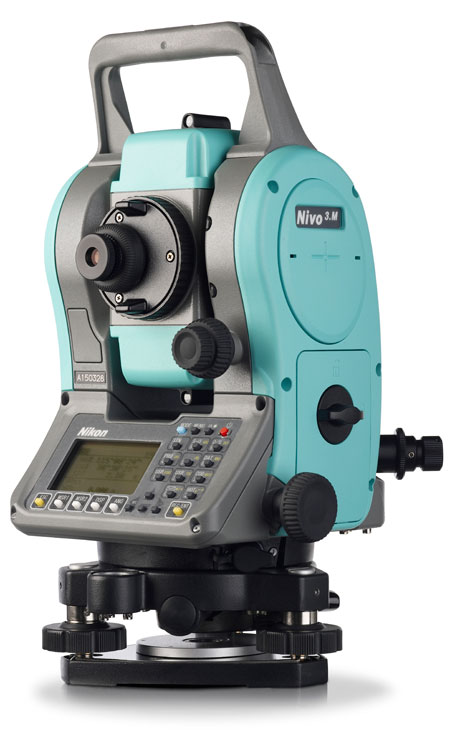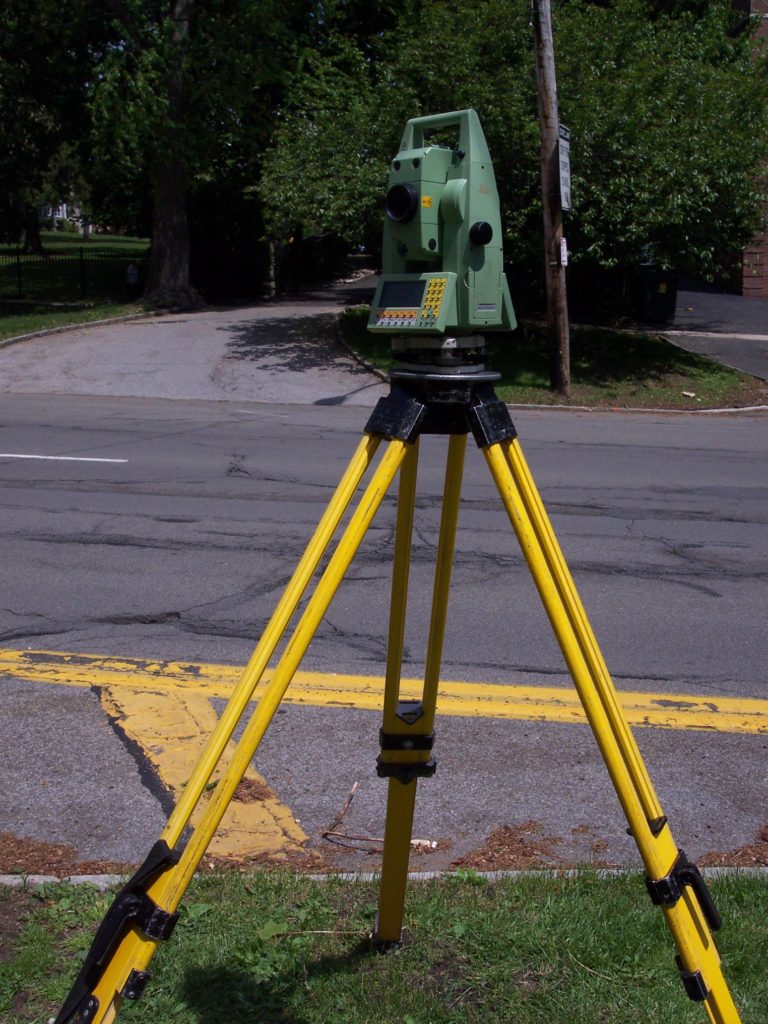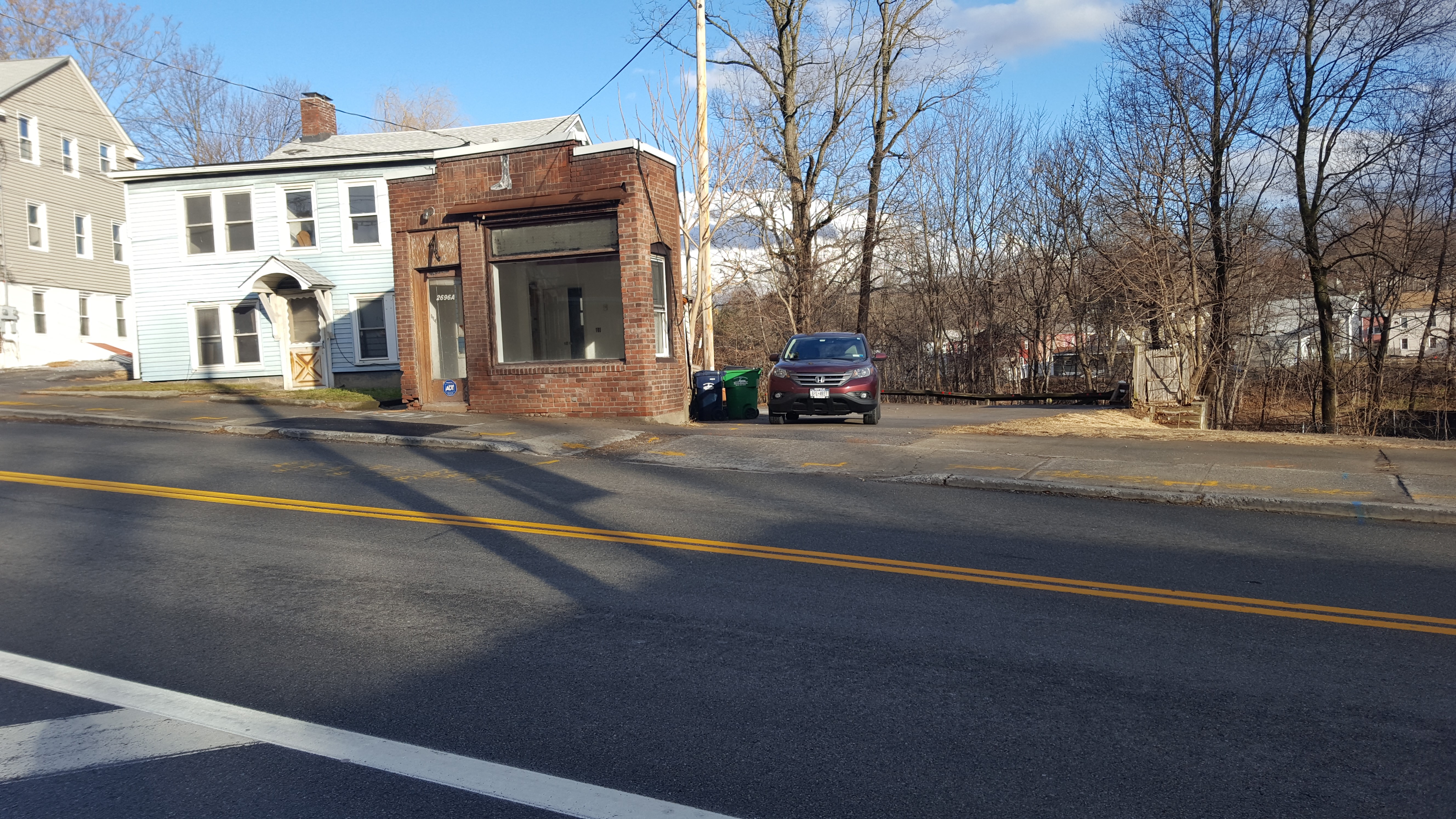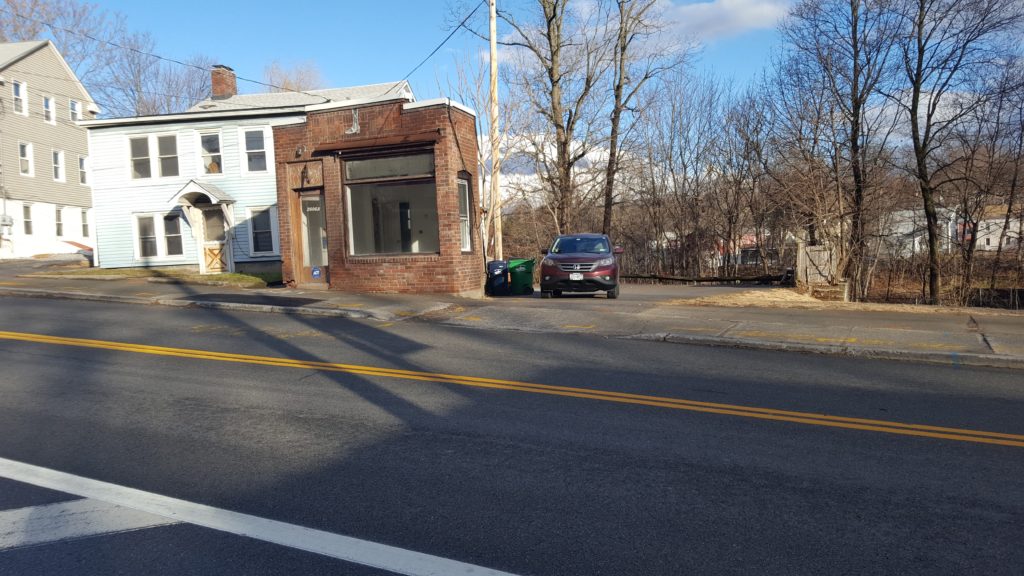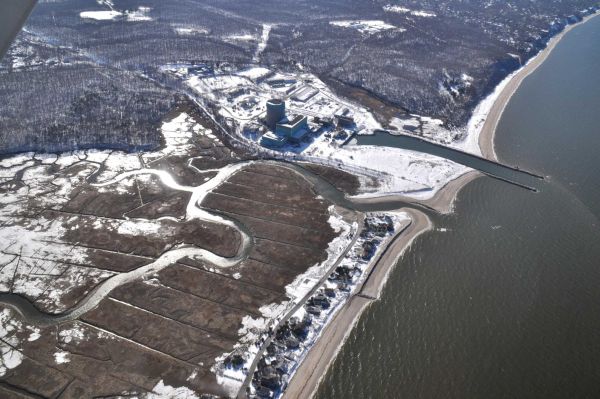
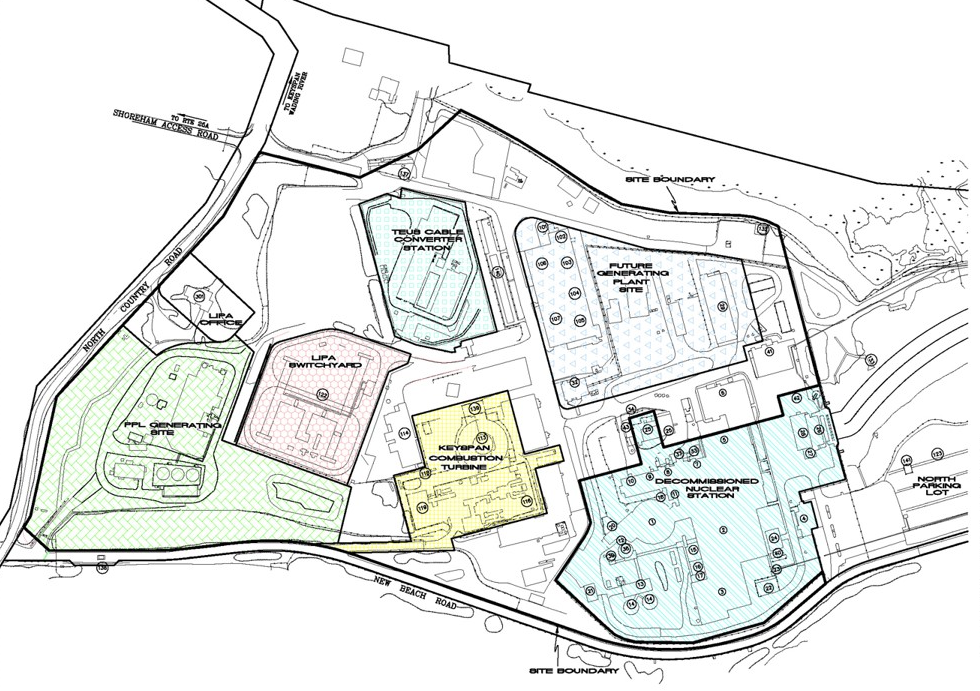
KC was engaged to perform surveying and engineering services in support of a Governor’s Office initiative to provide a feasibility study for developing a proposed deep water port at the abandoned nuclear power plant site in Shoreham, Suffolk County, NY.
Survey tasks included setting horizontal and vertical control for a photogrammetric survey of the 125 +/- acre plant site area and bathymetric survey of the one-mile channel servicing the original power plant site. Additional tasks included providing primary control azimuth pairs to NYSDOT specs, ROW determination of bounds of Old County Road, topographic mapping of the 800 +/- surrounding project limits, and research/plotting of the LIPA and National Grid parcels defining the project limits and utility corridors serving the plant site.
KC is now involved in the feasibility study associated with the project. This study has been undertaken to determine if a deep-water port could reduce truck trips and traffic congestion on Long Island and Metro-New York roadways. Various components of a deep-water port have been factored into this feasibility study, namely site access requirements and improvements, linkages to existing transportation facilities, nautical configurations, operator interest, capital expenditures, maintenance costs, market forecasts, funding mechanisms, jurisdictional authority, permit requirements, potential environmental impacts, and construction effects.
Four feasible port planning scenario concepts have been formulated; a preferred concept has not been articulated as further analysis and the implementation of a public involvement program in a subsequent study phase would be needed to identify a preferred scenario concept.
